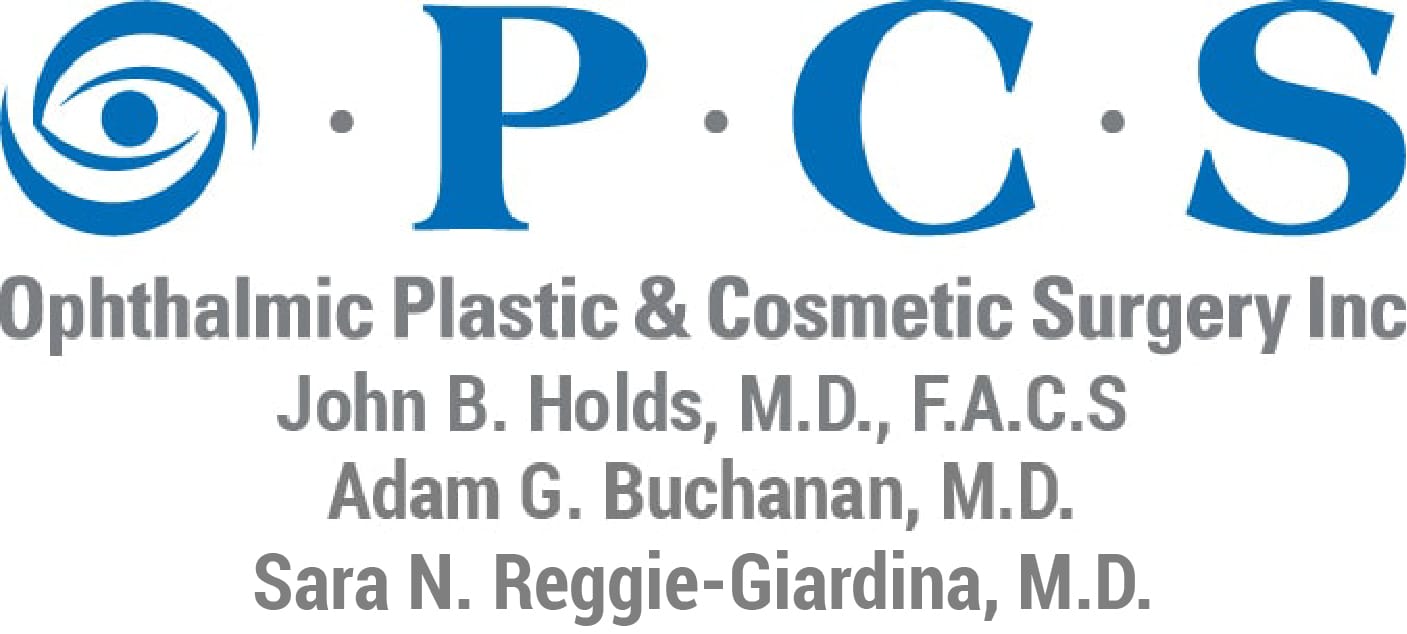Anophthalmos Eye Surgery in St. Louis, MO
What is Anophthalmos?
Anophthalmos is the name for a very rare genetic defect that causes one or both of the eyes to be malformed to the extent that they are absent. In that case, an artificial eye can be placed in the eye socket of the missing eye. Sight cannot be restored, but normal appearance can be regained. If you suffer from Anophthalmos, you may be an excellent candidate for an artificial eye implant in St. Louis. (If you have lost an eye due to disease or an injury, please see Loss of an Eye.)
What are Prosthetic Eyes made from?
Artificial eyes, also called prosthetic eyes, can be made of various materials, such as glass, silicone, or hydroxyapatite, which is a substance found in bones. These prosthetics look remarkably normal, so once surgery is complete, most people can’t tell that you have an artificial eye. These prosthetics can even move within the eye socket much like a normal eye.
How is Anophthalmos Surgery Performed?
The eye socket usually must be prepared before the artificial eye can be placed. This may involve an initial surgery to remove some tissue from the socket. A temporary implant may be placed at that time in order to properly prepare the socket for the artificial eye.
After another two months or so, you will be ready for your artificial eye, which is custom-made based on a mold of your eye socket. This assures that it will fit properly and match your other eye. The custom-made prosthetic may take as many as three months to create, however.
You will be given a general anesthetic for this procedure, which means that you will be fully asleep and under a ventilator.
What is the Recovery From Anophthalmos Eye Surgery?
Dressings are applied to the eyes for about three days after each surgery, and you will be given antibiotics and anti-inflammatory/pain medications. Your dressings will be removed in about a week.
After your artificial eye surgery, you should return to our office annually for maintenance of the prosthetic. Salt and protein deposits collect over time and must be removed. You may not need to remove the eye yourself for cleaning, but you may find that regular use of eye drops is more comfortable for you, as artificial eyes can sometimes create a “dry eye” condition.
This surgery is very safe, but infection is the most common complication. This is why you will be automatically given antibiotics afterward.
Will I Look Natural after Anophthalmos Surgery?
Achieving an improved, natural-looking appearance is the primary reason to receive surgery for anophthalmos. The procedure is performed not only to create space for a prosthetic eye but also to restore the most natural position and shape to the eyelids. During your consultation, your surgeon will perform a thorough examination of your eyes and will develop a plan of care based on the functional use you have of the eyelids as well as the shape and size of your face as a whole. Your treatment process and the anticipated outcome will be explained to you during your first visit.
Can My Child be Treated for Anophthalmos?
It is estimated that one or two of every 10,000 infants are born with anophthalmia or a similar condition, microphthalmia (very small eyes). The conditions are rare and can be managed in ways that enable the affected child to enjoy a high quality of life with low vision or blindness in one eye. The key is to help a child adjust to their visual limitations. Healthy development and life enjoyment also occur in relation to appearance, making it important to prepare for a prosthetic eye as early as possible.
A child’s eyes are nearly fully developed at birth. However, it takes approximately five years for the facial bones to reach maturity. Until that time, the goal of treatment may be to facilitate physical development. A child’s ophthalmologist may discuss ongoing treatment using a custom-made conformer, a biocompatible structure that supports the growth of the eye socket. The continual wear of the clear plastic piece sets the stage for the insertion of a prothetic eye when this treatment becomes appropriate.
Why Are Some Children Born with Anophthalmos?
Anophthalmos is often described as a congenital condition. This is because infants are born with either underdeveloped eyes or empty eye sockets. However, studies have shown that anophthalmos is rarely caused by the genetic traits of one or both parents. In most cases, doctors can’t fully explain why a child is born with either microphthalmia or anophthalmia.
What research has shown is that anophthalmia involves some type of abnormality that occurs during the time in pregnancy when the eyes are developing. Infants born with either of these conditions appeared to have normal development during the first trimester of pregnancy, according to ultrasound imaging, meaning that the condition occurred after the 12th week.
It is believed that a number of factors can contribute to the development of anophthalmia. For example, there could be a reduction in the ocular blood supply during critical points in fetal growth. Environmental factors may also contribute to small or missing eyes. Thalidomide and isotretinoin are two of the most commonly isolated factors. The use of these medications during or shortly before pregnancy can increase the risk of poor eye development and other conditions. Exposure to certain chemicals, pesticides, drugs, and viruses may also factor in. Expectant mothers are advised to simply receive the prenatal care that is recommended to them. This simple step can support the healthiest pregnancy and fetal development, and also identify potential concerns early through routine prenatal screenings.


